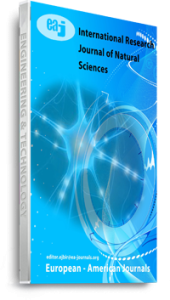Organically grown mango (Mangifera indiga L. cv. Dodo, Bolibo, Viringe) and pineapple (Ananas comosusL. cv. Sooth cayenne)from Tanzania were compared to organically (cvTommy Atkins) and conventionally (cv Kent) grown mango and pineapple (cv Smooth cayenne) cultivars from seven other countries purchased in markets in Germany. The influence of cultivar, agricultural practice and geographical location on total antioxidant capacity, total phenolics, carotenoids and ascorbic acid levels was determined. Cultivars, agricultural practices and geographical location have shown influence on some of the quality attributes of the fruit. Ascorbic acid was significantly higher in conventional than in organically produced mango and pineapple at different locations. Antioxidant capacity was higher by 22% in conventionally than organically grown mango. The total carotenoids content was 17% higher in organic than in conventional mango, and 21% higher in conventional than in organically produced pineapple.
Keywords: Mango, Total antioxidant capacity, pineapple, total carotenoids and ascorbic acid, total phenolic compounds

